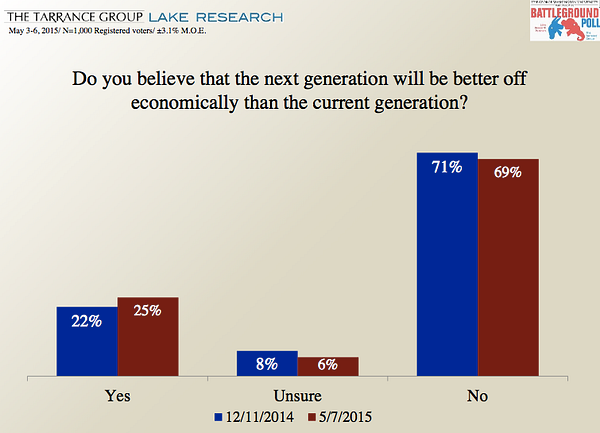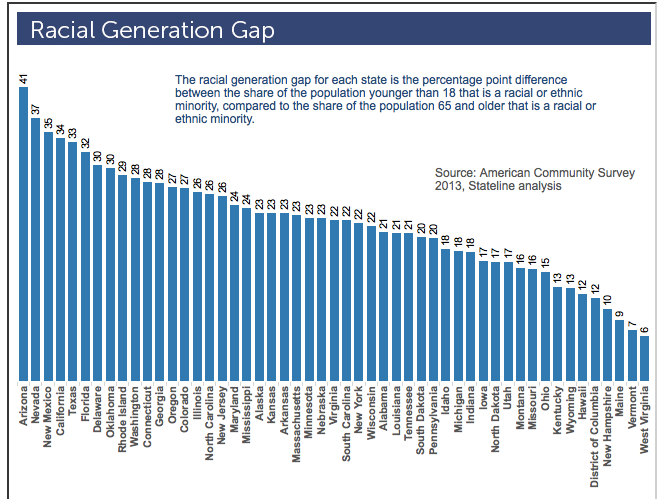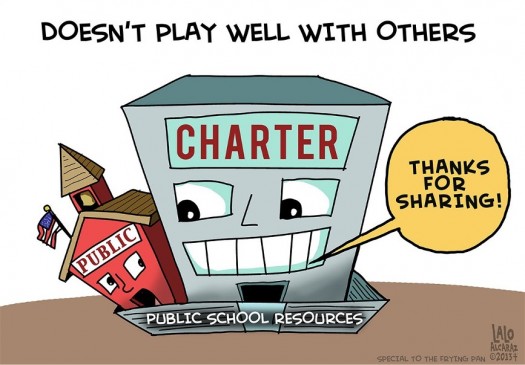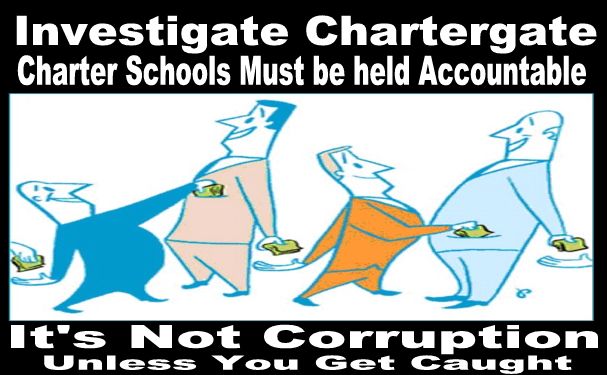Demographic and Social Change ‘Belongs to the Young’
“Change is the law of life. And those who only look to the past or present are certain to miss the future.” — John F. Kennedy, June 1963

Children in our nation face an uncertain future that depends, in large part, on the decisions that adults make on their behalf. Their future is in peril because, even today, children are not faring well in America. For example, the U.S. Census Bureau finds 21.1 percent of our nation’s children were living in poverty in 2014 — a disadvantage that research has shown to have lifelong consequences for their education, income, health, and well-being. This is a profound tragedy that our nation is largely ignoring and we will reap negative repercussions for generations to come unless we take action in the near future.
Changing demographics and its implications for American politics and public policy will undoubtedly play an important role in either improving the status of our nation’s children or in leading to further declines. In a recent paper by First Focus, we outline some major demographic trends that will have profound implications on our nation for decades to come.
The first demographic change of significance is that, for the first time in 2011,babies born in America were “majority-minority”. As political commentatorRonald Brownstein puts it, “The demographic revolution transforming the U.S. belongs to the young.”
If we want a country that will continue to be strong and successfully compete with other nation’s across the world, we must make needed investments to improve the lives and outcomes for all of our children and make significant efforts to eliminate racial disparities.
Fortunately, the American people are concerned about the future of children. According to a Battleground Poll by the Tarrance Group and Lake Research this past May, the American people believe, by a 69–25 percent margin, that they do not believe the next generation will be better off economically than the current generation.
However, despite such concerns, the Congress has chosen to disproportionately cut funding to children’s programs rather than protect them. In fact, our nation’s elected federal leaders have chosen to shrink the share of federal spending dedicated to children to less than 8 percent.
Although some might point to the fact that overall federal spending is down Demographic and Social Change ‘Belongs to the Young’ — Medium:










